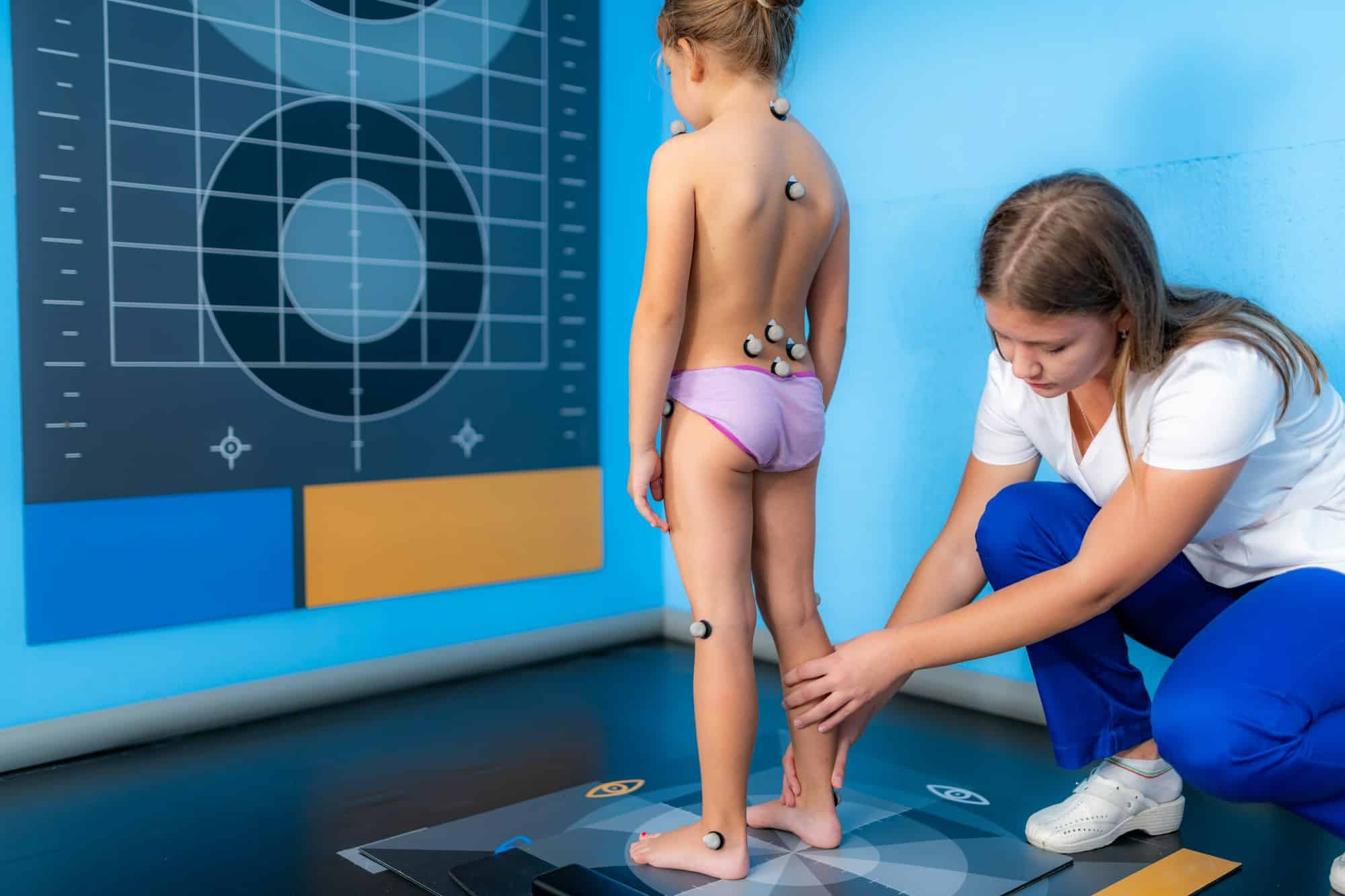What Role Does Biomechanics Play in Perfecting the Tennis Serve?

Biomechanics, the study of the mechanical laws relating to the movement or structure of living organisms, is not a term often associated with game days at Wimbledon or the U.S. Open. But, in fact, this scientific approach plays a pivotal role in enhancing and perfecting the tennis serve, a key aspect of the sport that quite often determines the outcome of a match. This piece aims to delve deeper into the marriage between biomechanics and tennis, providing insights on how this relationship is shaping the modern game.
The Tennis Serve: An Art and Science
Before we dive right into the mechanics, we need to understand the critical role the serve plays in tennis. The serve is both the game’s opening shot and the only stroke where a player has total control over how and when to play the ball. It’s therefore essential to master this skill, and that’s where biomechanics comes in.
Also to see : How Are eSports Teams Leveraging AI for Strategic Advantage?
Biomechanics is the science of analyzing the physical actions of the human body. It involves understanding how muscles, bones, tendons, and ligaments work together to produce movement. In tennis, applying the principles of biomechanics helps players optimize their serve, improve power and accuracy, and reduce the risk of injury.
Mastery Of Movement: The Biomechanics Of Serving
The serve in tennis is a complex movement that requires the coordination of the entire body. The objective for the player is to hit the ball with maximum speed and accuracy, while minimizing the risk of injury. Biomechanics helps us understand how to achieve this.
This might interest you : How Do Professional Baseball Teams Optimize Player Batting Techniques?
The first factor to consider is the kinetic chain – the sequence of body parts moving one after the other to generate force. In a tennis serve, the kinetic chain starts from the legs, moves up through the hips and trunk, to the shoulder, arm, and finally, the wrist and hand. Proper coordination of this chain is vital for a powerful, effective serve.
Secondly, the serve involves both linear and rotational forces. Players need to move forward towards the net (linear motion) while simultaneously rotating their body to swing the racket (rotational motion). Mastering the balance between these forces is another key aspect of a successful serve.
The Role of Biomechanics in Training and Injury Prevention
In addition to helping players optimize their serve, biomechanics can be used in training and injury prevention. Coaches can analyze players’ movements, identify any inefficiencies or errors, and provide specific exercises to correct them.
The use of biomechanics in injury prevention is perhaps even more critical. Overuse and incorrect technique are common causes of injuries in tennis, particularly in the shoulder and elbow. A thorough understanding of biomechanics can help identify the root causes of these injuries and develop strategies to prevent them.
Biomechanics and Equipment Selection
Interestingly, biomechanics also plays a role in equipment selection for tennis players. The racket’s weight, balance, and grip size can significantly affect the player’s serve biomechanics. A racket that’s too heavy can strain the arm, while a grip that’s too small can lead to wrist injuries.
Choosing the right tennis shoes is also essential. The serve involves a lot of footwork, from the initial stance to the jump and landing. Shoes need to provide sufficient support and cushioning to absorb the impact forces and protect the player’s joints.
Embracing Technology: Biomechanics and the Future of Tennis
As technology advances, so does our understanding of biomechanics. High-speed cameras can now capture players’ movements in fine detail. Computer software can analyze these images, providing valuable data on the speed, angle, and timing of the serve. Virtual reality is even being used to simulate match situations and study players’ reactions.
This data-driven approach is revolutionizing tennis, helping players reach new levels of performance. It’s an exciting time for the sport, and biomechanics is at the forefront. As we explore further, it’s clear that this scientific discipline has much more to offer in shaping the future of tennis.
The Influence of Biomechanics on Player Performance
In tennis, the player’s performance is greatly influenced by the understanding and application of biomechanics. It is not just about the power and accuracy of the serve, but also about endurance, speed, agility, and injury prevention. By improving the kinetic chain – the sequence of body parts working in unison to generate force – players can enhance their overall performance on the court.
The biomechanical principles applied in tennis are not a one-size-fits-all solution. Each player’s body is unique, and so are their movements. Factors such as the player’s height, weight, muscular strength, flexibility, and even their handedness (whether they are left or right-handed) can influence their serve biomechanics. Coaches and trainers need to take these individual differences into account when designing training programs.
It’s also worth noting that biomechanics is not just about the physical aspects of the game. It can also contribute to players’ mental preparation. Understanding the mechanics of the serve can help players anticipate their opponent’s actions, making them more confident and effective on the court.
Biomechanics provides valuable insights into players’ strengths and weaknesses. It allows coaches to tailor training programs to individual needs, helping players get the most out of their abilities. This personalized approach to training can significantly improve performance, giving players a competitive edge.
Conclusion: The Interplay of Biomechanics and Tennis
In conclusion, the study of biomechanics plays a crucial role in perfecting the tennis serve and enhancing player performance. By understanding the mechanical laws of movement and applying these principles in training, players can optimize their serve, improve power and accuracy, and reduce the risk of injury. In addition, biomechanics influences equipment selection, supporting the choice of the racket and shoes that best suit the player’s individual needs.
As technology advances, our ability to analyze and understand the biomechanics of the tennis serve continues to grow. High-speed cameras, computer software, and even virtual reality are being used to provide a greater depth of insight into the game, leading to more effective training methods and strategies.
The marriage of biomechanics and tennis is thriving, and it’s clear that this relationship will continue to shape the future of the sport. By embracing the science of biomechanics, the world of tennis can look forward to new levels of performance, player safety, and enjoyment of the game. From the grass courts of Wimbledon to the high-tech training centers, the impact of biomechanics is felt at every level of the sport, proving its essential role in the game of tennis.
